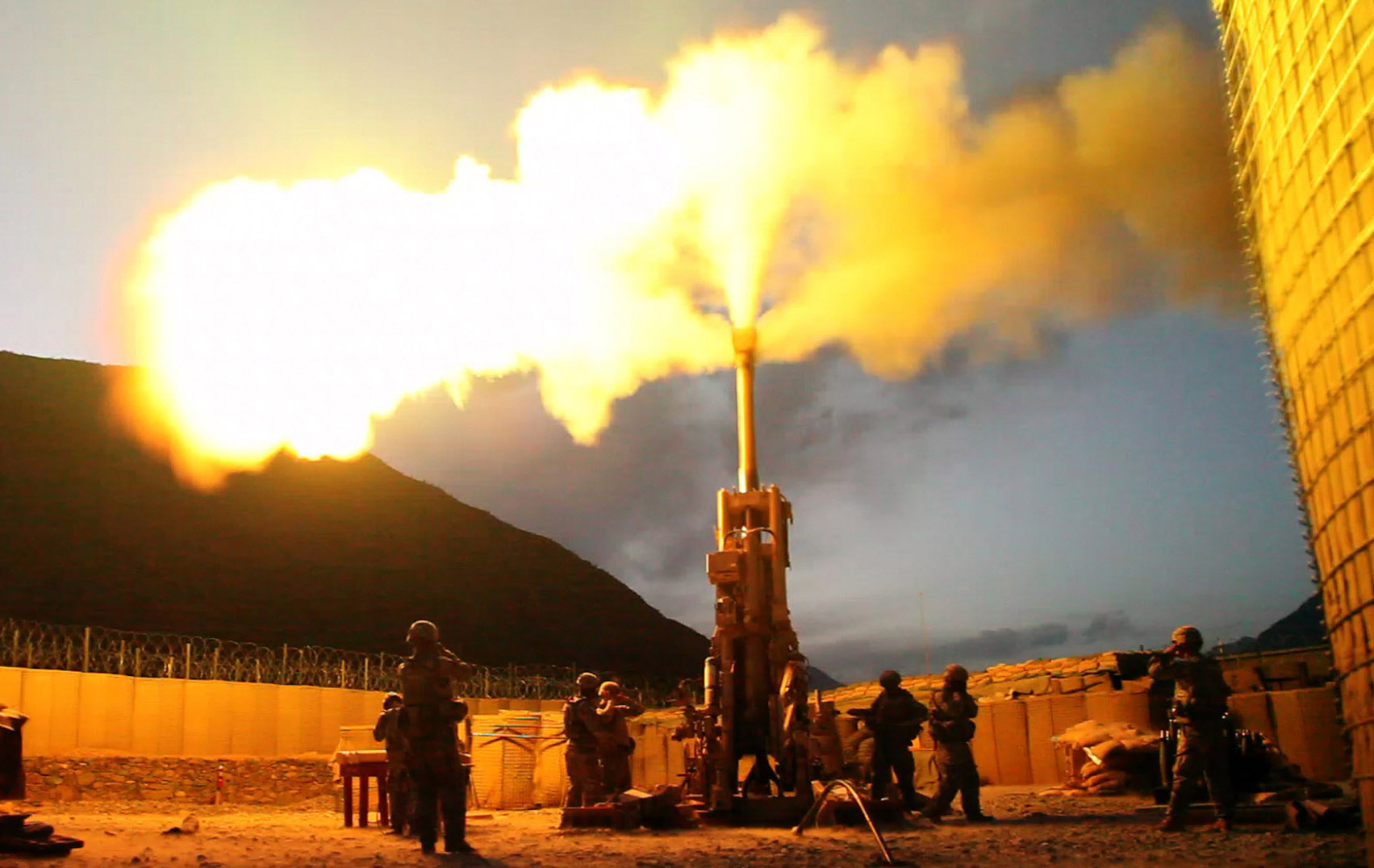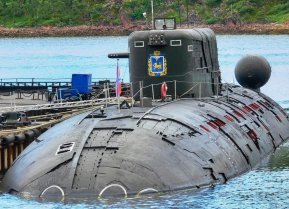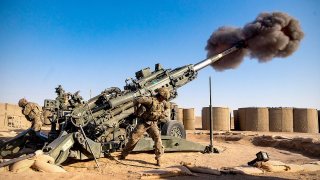M777 Howitzer Is the Artillery King of the Battlefield in Ukraine
The “Triple Seven” is the cornerstone of the Ukrainian artillery arsenal. With a crew of eight men, the M-777 155mm howitzer can put out five rounds per minute at distances as great as 25 miles (with the right munitions).
Meet the M777 Howitzer: If we were to pick one defining weapon in the conflict in Ukraine, it would have to be artillery.
To be sure, cruise missiles, unmanned aerial systems, and main battle tanks are all playing important roles in the 23-month conflict. But artillery continues to lead the list with the most impactful weapon systems.
In the most brutal metric of warfare—casualties—artillery accounts for about 80 percent of the losses of both sides. In rough numbers, artillery has killed or wounded around 400,000 Russian and Ukrainian troops (Russia has taken over 320,000 casualties, and Ukraine close to 200,000). That isn’t just a very high number of losses, it is a determining factor as to who will prevail in the conflict.
As the fighting shows, good and accurate artillery fire is making a difference on the ground. And Ukraine has some of the best in the world.
The rapid infusion of Western military aid into the Ukrainian system added some great weapon systems.
Now, Kyiv’s arsenal includes main battle tanks like the Challenger 2, Leopard 2, and M1A1 Abrams, cruise missiles like the Storm Shadow and SCALP-EG, and even fighter jets like the F-16 Fighting Falcon.
When it comes to artillery, the Ukrainian military has a stock of several different weapon systems from across NATO, including the M142 High Mobility Artillery Rocket System (HIMARS), Ceasar 155mm self-propelled howitzer, M270 Multiple Launch Rocket System (MLRS), and M109 Paladin self-propelled gun.
But it is the “humble” M777 155mm howitzer that is pulling most of the weight.
The M777, Explained
The “Triple Seven” is the cornerstone of the Ukrainian artillery arsenal. With a crew of eight men, the M777 155mm howitzer can put out five rounds per minute at distances as great as 25 miles (with the right munitions).
The U.S. military alone has given Ukraine almost 200 M777 155mm howitzers and over 2 million artillery rounds. In addition to conventional munitions, the Pentagon has given Ukraine some specialized shells, such as the M718 Remote Anti-Armor Mines (RAAM), which is artillery shell with several anti-tank mines within it, and the M982 Excalibur precision-guided round, which can strike targets with good accuracy up to 25 miles away. Both of these specialized munitions have played a key part in the fighting.
For example, last March, the Kremlin was pushing hard to capture the town of Vuhledar in the Donbas. It was committing large numbers of Russian troops and Wagner Group mercenaries. During one of the assaults, a Russian mechanized column tried to push through a chokepoint.

But almost every tank, infantry fighting vehicle, and armored personnel carrier that tried to advance exploded. More than 30 heavy weapon systems went up in flames in a short amount of time. The Ukrainians had fired M718 RAAM shells, and the area was brimming with anti-tank mines.
The M777 155mm is making a difference on the ground, but the Ukrainian military still needs support. Most guns have fired thousands of rounds and need a barrel change, and ammunition is always short despite the astounding numbers Kyiv has received.
About the Author
Stavros Atlamazoglou is a seasoned defense journalist specializing in special operations and a Hellenic Army veteran (national service with the 575th Marine Battalion and Army HQ). He holds a BA from Johns Hopkins University and an MA from the Johns Hopkins School of Advanced International Studies (SAIS). His work has been featured in Business Insider, Sandboxx, and SOFREP. Email the author: [email protected].
Image Credit: Creative Commons.


